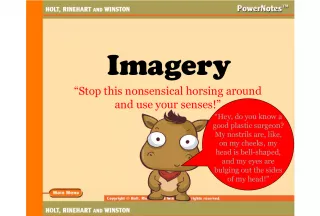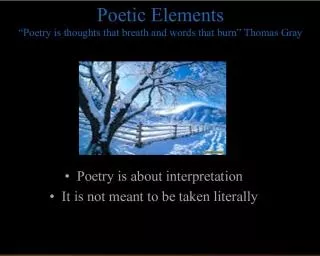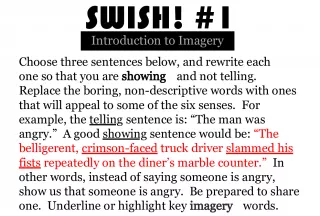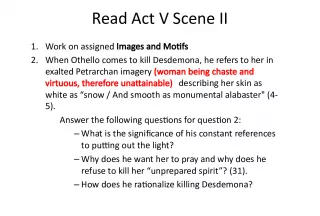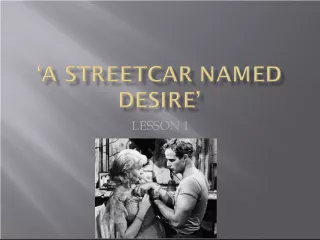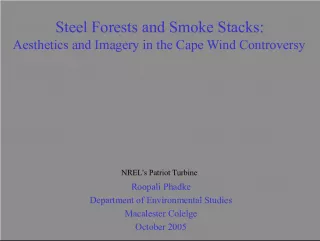Imagery I t m a k e s g o o d s e n s e t o
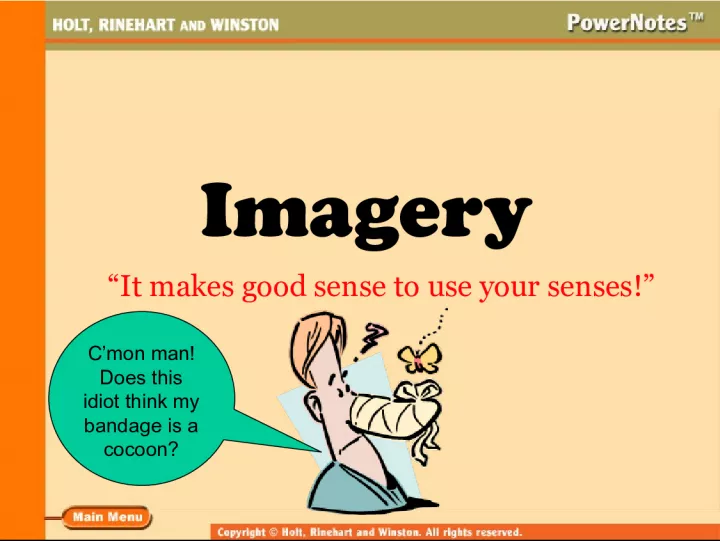

Imagery I t m a k e s g o o d s e n s e t o u s e y o u r s e n s e s C mon man Does this idiot think my bandage is a cocoon What Is Imagery Imagery is language that appeals to any of the six sens
- Uploaded on | 0 Views
-
 juho
juho
About Imagery I t m a k e s g o o d s e n s e t o
PowerPoint presentation about 'Imagery I t m a k e s g o o d s e n s e t o'. This presentation describes the topic on Imagery I t m a k e s g o o d s e n s e t o u s e y o u r s e n s e s C mon man Does this idiot think my bandage is a cocoon What Is Imagery Imagery is language that appeals to any of the six sens. The key topics included in this slideshow are . Download this presentation absolutely free.
Presentation Transcript
Slide1Imagery“ I t m a k e s g o o d s e n s e t o u s e y o u r s e n s e s ! ” C’mon man! Does this idiot think my bandage is a cocoon?
Slide2What Is Imagery?• *Imagery is language that appeals to any of the six senses. *Imagery is used to add impact to all types of writing, but it is most important in poetry. Sight! Sound! Touch! Smell! Taste! Emotions!
Slide3Examples of ImageryThe razor sharp teeth of the huge dinosaur, now inches from me, made me want to be a dentist. Raindrops first ping and then clang on the metal roof when a storm approaches. “I love soft, chilly raindrops on a hot summer day!” said the pumpkin’s hand. In the garden, the fresh scent of rain mingles with the earthy smell of the damp soil. Too thirsty to drink only raindrops, we gulped glasses of tart, sweet, and lemony lemonade. Sight! Sound! Touch! Smell! Taste!
Slide4Imagery and Description*Imagery can draw readers into a piece of writing and bring its elements to life. Writers use imagery to create vivid descriptions of… • settings • characters • actions Sitting barefoot on the cool tile floor, the little girl clutched the crayon in her tiny fist. The crayon clicked and thudded against the printer paper, a swirl of purple and orange, blue and black. Moments later, the girl sat back, breathed in the waxy scent of the crayon, and yelled, “Ta-da!” her voice echoing in the empty room. Have you seen my nose? How about my ears?
Slide5Imagery and Emotion*Imagery not only describes, it also communicates unspoken thoughts and feelings. *Imagery can create a mood or atmosphere. Riding the Zephyr roller coaster is an experience unlike any other. Feel your heart thud as you climb on and see the track soaring nearly to the clouds. Feel the sweat bead on your forehead as the car click-click-clicks up the first hill. Feel gravity pin you to your seat as you rush down the enormous hills, your ears filled with screams and the whoosh of the wind. The Zephyr will leave you wide-eyed and giggling… or make you hurl! ;^] I’m not two- faced! Stop it!!
Slide6Too Much of a Good Thing?As with any kind of description, too much imagery can make a piece of writing confusing or boring. A writer should provide enough imagery to bring ideas to life, but not so much that readers might become distracted by it. Here is an example of too much imagery: Paul opened his ragged, navy blue backpack, the zipper screeching in the silence of the classroom. His report was in there somewhere amidst crumpled white pages covered in black ink scribbles, a speckled brown banana that was soft and mushy and smelled so strongly that it had attracted a buzzing little fruit fly, and three heavy textbooks with smooth, shiny covers and bright pages. “Ouch,” he bellowed as his hand struck an old, stale and moldy piece of bread.
Slide7Th e E n d S(3)T(2) E
